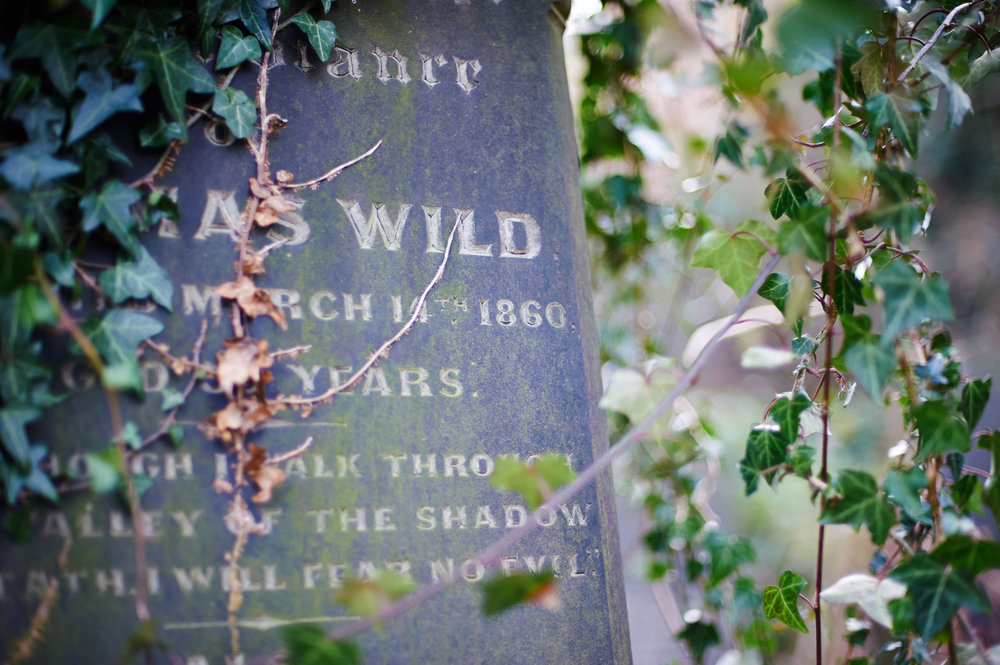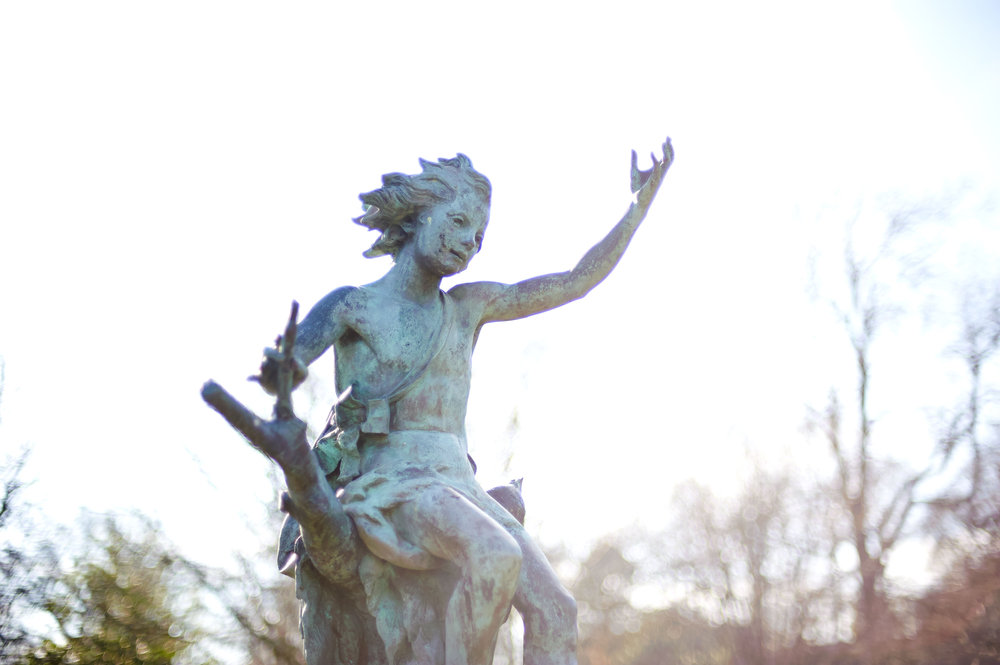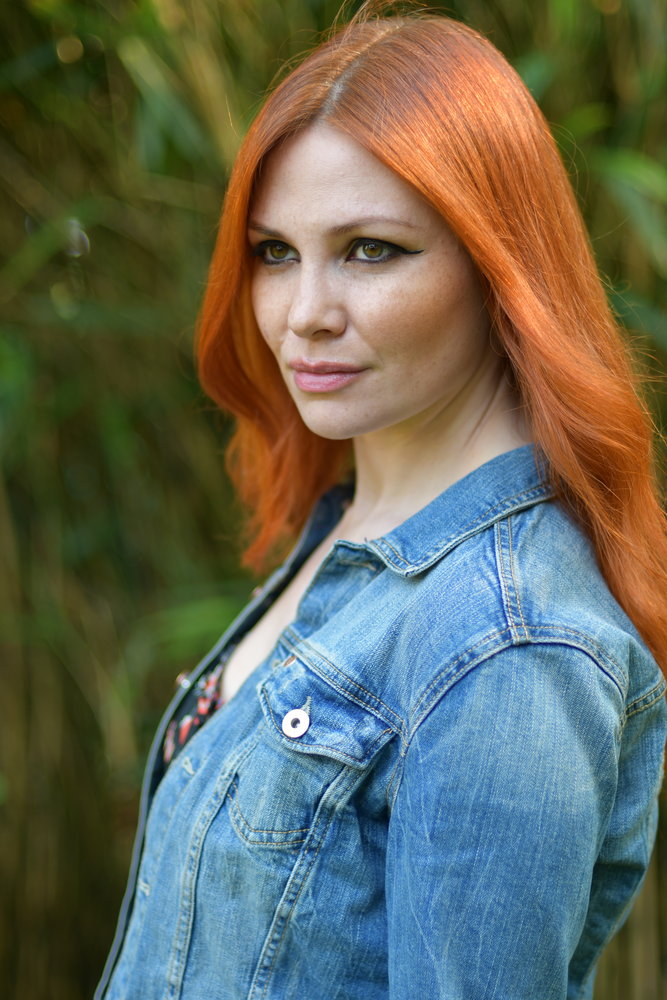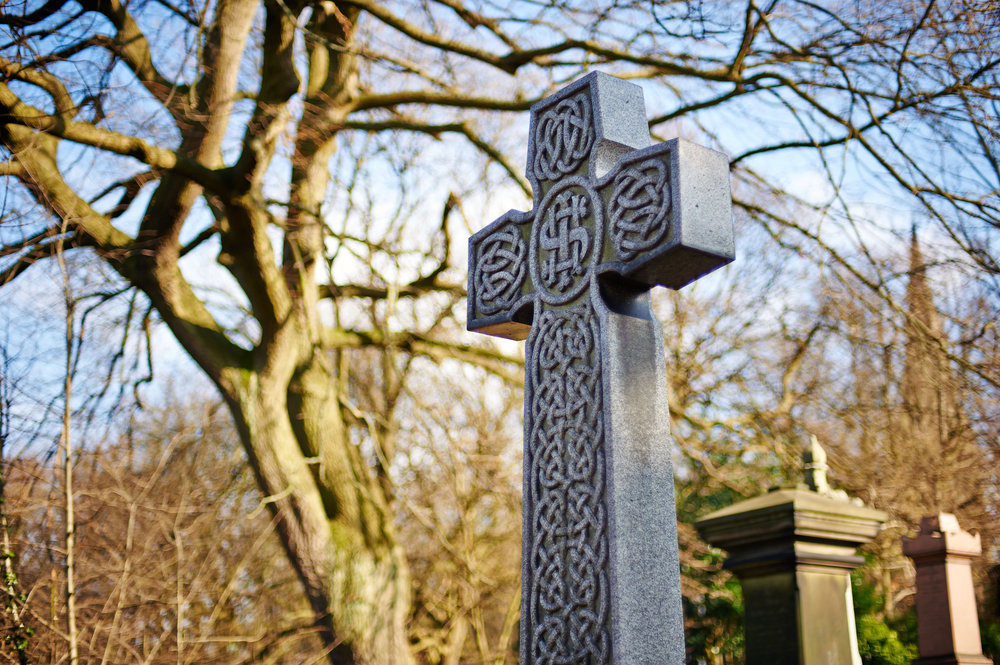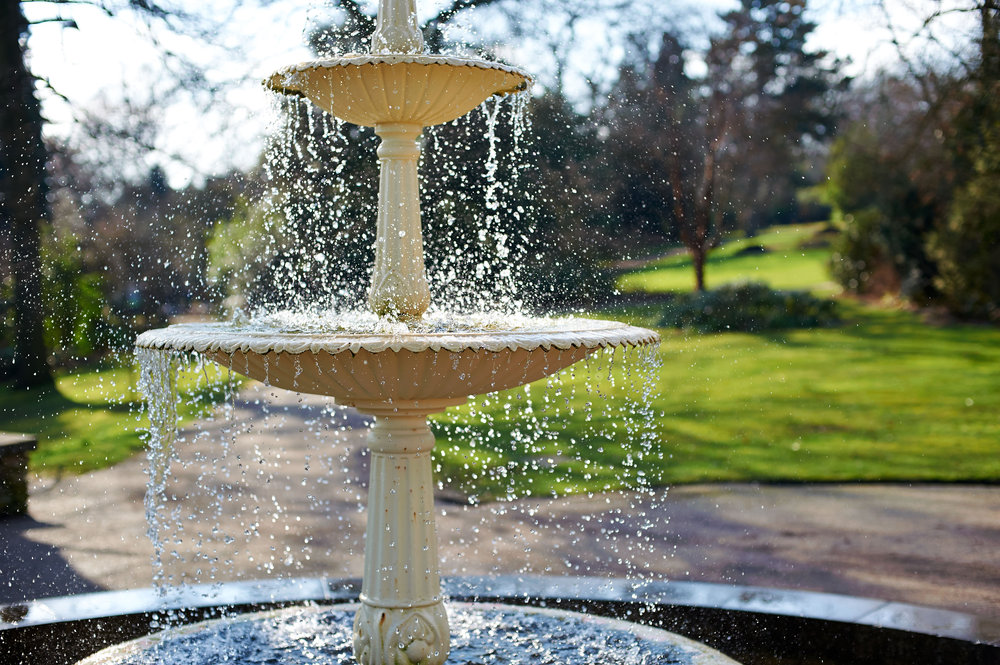Handling and features
Performance
Verdict
Specification
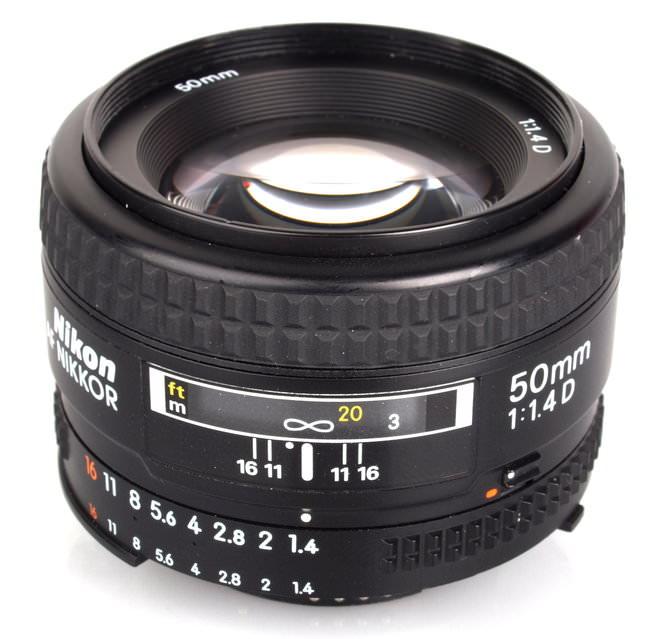
This standard 50mm prime lens is a popular used buy, but still available new for a reasonable discount over Nikon's latest 50mm f/1.4G. New it can be picked up for around £240, or £150 or less if buying used.
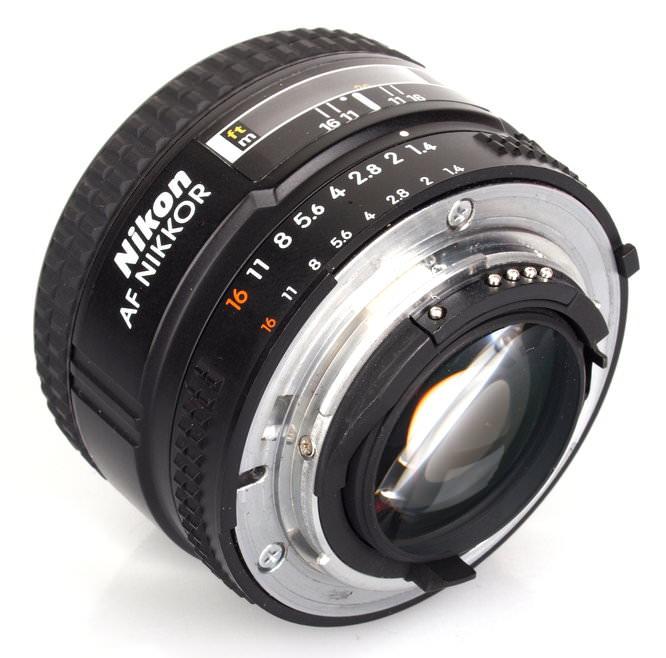
Nikon AF Nikkor 50mm f/1.4D Handling and features
Nikon's older lens designs are often more compact than their latest offerings and this lens is no exception, measuring only 64.5mm in diameter and 42.5mm in length. It weighs only 230g too, which makes a compact and lightweight combination with the Nikon D700 used for testing. Overall the lens feels well put together with tough black plastics used for the lens barrel and metal for the lens mount. However, the aperture ring is made of brittle plastic and the small lug that registers that the lens is set to its smallest aperture for automatic operation is prone to breaking off if the lens is abused.
As this lens is one of the older 'D' variants, auto focus is powered by the camera via a screw in the lens mount. This means Nikon's entry level camera bodies will not autofocus with this lens as they have no motor in the camera body. Auto focus speeds are quite fast, especially when compared with the latest 'G' version of this lens. Unfortunately it can also be inaccurate, leading to out of focus images when shooting at wide apertures as the lens zips quickly just past the point of focus. The focusing motor in the camera has to be disengaged from the lens to allow manual adjustments to be applied. The narrow rubberised focusing ring is not damped at all, which can make focusing manually a little trickier than it should be. On a positive note, as this lens has an aperture ring, it can be used in conjunction with Nikon's older range of film SLRs that accept manual focus lenses.
Closest focus distance is 45cm, and is performed by moving all the glass back and forth in the lens. However, the 52mm filter ring does not rotate, which makes this lens ideal for use with polarising and graduated filters. No lens hood or case are supplied with this lens. Included accessories are as spartan as the lens design, with only front and rear caps included.

Nikon AF Nikkor 50mm f/1.4D Performance
At maximum aperture, sharpness in the centre of the frame approaches very good levels, but the clarity towards the edges of the frame falls behind somewhat, falling short of fairly good levels. Stopping down improves performance across the frame with outstanding levels of sharpness being achieved in the centre from f/2.8 onwards and peak sharpness across the frame being achieved between f/5.6 and f/8.
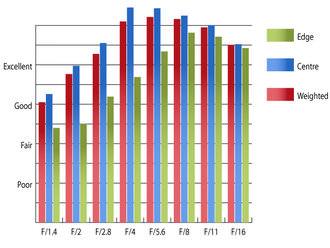 Resolution at 50mm |
How to read our chartsThe blue column represents readings from the centre of the picture frame at the various apertures and the green is from the edges. Averaging them out gives the red weighted column.The scale on the left side is an indication of actual image resolution. The taller the column, the better the lens performance. Simple. For this review, the lens was tested on a Nikon D700 using Imatest. |
Levels of chromatic aberrations are a little on the high side towards the edges of the frame at fast apertures, but fringing decreases as the lens is stopped down to below 0.5 pixel widths. The levels at wide apertures may become visible in images with high contrast edges placed near the edges of the frame.
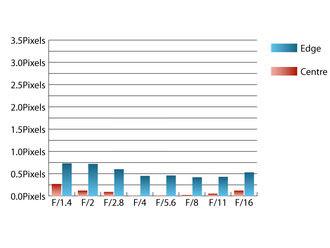 Chromatic aberration at 50mm |
How to read our chartsChromatic aberration is the lens' inability to focus on the sensor or film all colours of visible light at the same point. Severe chromatic aberration gives a noticeable fringing or a halo effect around sharp edges within the picture. It can be cured in software.Apochromatic lenses have special lens elements (aspheric, extra-low dispersion etc) to minimize the problem, hence they usually cost more. For this review, the lens was tested on a Nikon D700 using Imatest. |
As is typical with older lens designs, falloff of illumination towards the corners of the frame is very pronounced at fast apertures. At f/1.4 the corners are over three stops darker than the image centre.
The effect is so strong that images taken with the lens stopped down may need exposure compensation as the camera will believe the scene is darker than it actually is when metering wide open. Visually uniform illumination is achieved with the aperture stopped down to f/4 or beyond.
A classic trait of older prime lenses with a fast maximum aperture is that they often produce quite pronounced barrel distortion. This lens is no exception, with Imatest detecting 1.95% barrelling. This level will be noticeable in images with straight lines towards the edges of the frame. Luckily the distortion pattern is uniform across the frame, so adjustments should be easy to apply in image editing software afterwards.
The design of this lens pre-dates any fancy nano-crystal coatings, and as a result contrast is reduced when shooting into the light at wide apertures and flare can be an issue in very harsh lighting conditions.
Nikon AF 50mm f/1.4D Sample Photos
Value for Money
This golden-oldie can be picked up for around £240 new, or for £150 or less if buying used. Even though this lens may lack some of the luxuries afforded by more modern lens designs, it is still capable of delivering excellent image quality and should make an excellent used buy.
Nikon's latest AF-S 50mm f/1.4G costs around £270 and sports silent focusing and manual focus adjustments can be applied at any time.
Sigma also manufacture a 50mm f/1.4 lens, which sports silent focusing with full-time manual override. However, their 50mm offering carries a price premium and costs around £350.
If having a maximum aperture of f/1.4 isn't necessary, then Nikon's 50mm f/1.8G sports silent focusing with full time manual override but only costs around £150. The older 'D' version of Nikon's 50mm f/1.8 can also be picked up new for around £100, or used for around £75 from a dealer.
Nikon AF Nikkor 50mm f/1.4D Verdict
If having a fast f/1.4 maximum aperture and saving pennies are both important then the older 50mm f/1.4D makes a compelling case for buying used. For the sake of around £30, if buying new then the updated lens will probably make more sense.
Despite having a design that dates back a couple of decades, this lens is still more than capable of delivering excellent quality images. However it will pay dividends to take the quirks of this optic into account to get the best results.
